10 Most Beautiful Places in Europe: Complete Travel Guide 2025
Europe is a tapestry woven with centuries of history, breathtaking landscapes, and architectural marvels that have captivated travelers for generations. From dramatic fjords carved by ancient glaciers to sun-drenched Mediterranean coastlines, from fairy-tale castles perched on misty hilltops to vibrant cities where cobblestone streets echo with stories of the past, this magnificent continent offers beauty in every corner.
As someone who has wandered through Europe’s hidden gems and iconic landmarks for over a decade, I’ve witnessed sunrises that painted Alpine peaks in gold, explored medieval towns where time seems suspended, and stood before natural wonders that leave you breathless. Today, I’m thrilled to share with you the 10 most beautiful places that have captured my heart and will undoubtedly capture yours.
1. Santorini, Greece – The Jewel of the Aegean
Picture this: brilliant white buildings cascading down volcanic cliffs like a waterfall of pure marble, their blue-domed roofs mirroring the endless Aegean Sea stretching toward the horizon. Santorini isn’t just beautiful—it’s otherworldly.
This crescent-shaped island, born from one of history’s most powerful volcanic eruptions, offers a unique landscape where black sand beaches meet crystal-clear waters, and ancient Minoan ruins whisper tales of civilizations lost to time. The villages of Oia and Fira cling dramatically to the caldera’s edge, creating one of the world’s most photographed skylines.
What makes it special: The contrast between the stark volcanic landscape and the pristine Cycladic architecture creates a visual symphony that changes throughout the day. The sunsets here are legendary—watching the sun melt into the sea while sipping local Assyrtiko wine is an experience that stays with you forever.
Best time to visit: April to June and September to October offer perfect weather with fewer crowds. Summer brings vibrant energy but also intense heat and tourist masses.
Getting there: Fly into Santorini Airport or take a ferry from Athens (Piraeus Port). The ferry journey itself is part of the adventure, offering spectacular views as you approach the island.
Don’t miss: The Red Beach near Akrotiri, the ancient ruins of Akrotiri (Greece’s Pompeii), and a sunset dinner in Oia’s cliffside restaurants.
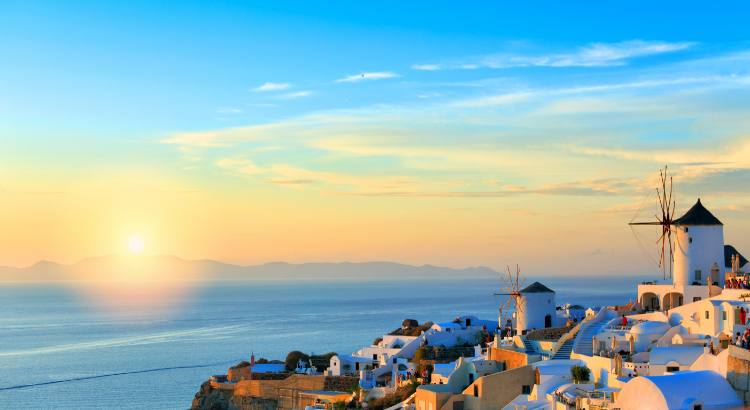
2. Neuschwanstein Castle, Germany – A Fairy Tale Come to Life
Rising from the Bavarian Alps like something conjured from the Brothers Grimm, Neuschwanstein Castle embodies every childhood dream of what a royal palace should be. King Ludwig II’s 19th-century masterpiece inspired Disney’s Sleeping Beauty Castle, but no photograph can capture the magic of seeing it emerge through morning mist, its turrets and towers reaching toward snow-capped peaks.
The castle’s romantic architecture blends Gothic Revival with Byzantine and Romanesque elements, creating a structure that seems to defy gravity as it perches on its rocky outcrop. Inside, elaborate murals depicting scenes from Wagner’s operas transport visitors into Ludwig’s world of medieval romance and musical passion.
What makes it special: The castle represents the perfect marriage of human imagination and natural beauty. Its position offers breathtaking panoramic views of the Hohenschwangau valley, and the surrounding landscape changes dramatically with the seasons—emerald green in summer, golden in autumn, and mystically white in winter.
Best time to visit: May through September for the best weather and access to hiking trails. Winter visits offer a magical snow-covered landscape but require warm clothing.
Getting there: From Munich, take a train to Füssen, then a bus to Hohenschwangau village. A steep 30-minute walk or horse-drawn carriage ride takes you to the castle.
Don’t miss: The view from Marienbrücke (Mary’s Bridge) for the classic castle photograph, and nearby Hohenschwangau Castle where Ludwig spent his childhood.
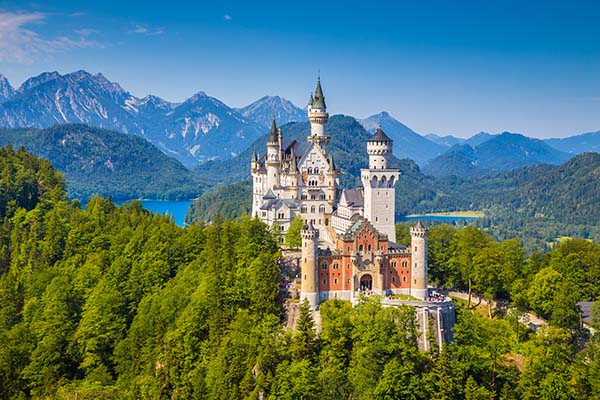
3. The Swiss Alps, Switzerland – Nature’s Cathedral
The Swiss Alps don’t just take your breath away—they redefine your understanding of natural beauty. These ancient peaks, sculpted by millennia of ice and weather, create a landscape so perfect it seems designed by divine hands. From the iconic Matterhorn’s pyramid silhouette to the Jungfraujoch’s glacial wonderland, every vista tells a story of geological majesty.
Standing atop peaks accessible by Switzerland’s engineering marvels—cogwheel trains that climb impossible grades—you’re surrounded by a 360-degree panorama of snow-capped summits, pristine glaciers, and valleys carpeted in wildflowers. The clarity of the mountain air reveals details that seem impossible: individual trees on distant slopes, the texture of ancient ice, the play of light on granite faces.
What makes it special: The Alps offer beauty that changes by the hour. Dawn brings alpenglow that sets peaks ablaze in pink and gold, while evening creates silhouettes against star-filled skies unpolluted by city lights. The combination of accessibility and wilderness is unmatched anywhere in the world.
Best time to visit: December to March for world-class skiing; June to September for hiking and clearest mountain views. July brings wildflowers in full bloom.
Getting there: Fly into Zurich or Geneva, then use Switzerland’s exceptional train system. The journey itself becomes part of the experience on scenic routes like the Glacier Express.
Don’t miss: Jungfraujoch “Top of Europe,” Mount Titlis rotating cable car, and the car-free village of Zermatt with its perfect Matterhorn views.
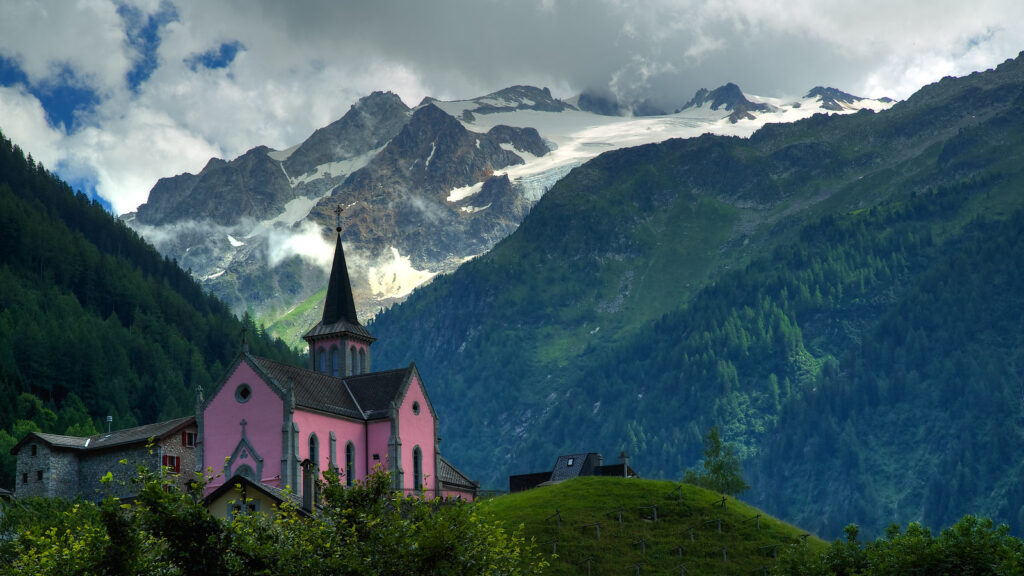
4. Dubrovnik, Croatia – The Pearl of the Adriatic
Dubrovnik’s old town sits like a perfectly preserved medieval jewel against the impossibly blue Adriatic Sea. This UNESCO World Heritage site, enclosed by massive stone walls that have protected it for centuries, seems to glow with inner light as limestone buildings reflect the Mediterranean sun. Walking its marble-paved streets is like stepping into a living museum where every stone has witnessed seven centuries of history.
The city’s walls, stretching nearly two kilometers, offer spectacular views in every direction: terracotta rooftops cascading toward the harbor, fortress towers standing sentinel over sparkling waters, and islands dotting the horizon like scattered emeralds. The main street, Stradun, leads from ancient gates to baroque churches, its polished stones worn smooth by millions of footsteps.
What makes it special: Dubrovnik seamlessly blends architectural perfection with natural beauty. The contrast between ancient stone and azure sea creates photography opportunities at every turn, while the city’s resilience—rebuilt after devastating earthquakes and war—adds depth to its beauty.
Best time to visit: May to June and September to October for pleasant weather and manageable crowds. Summer brings festivals and energy but also intense heat and cruise ship crowds.
Getting there: Fly directly to Dubrovnik Airport or drive along the stunning Dalmatian Coast. Ferry connections link to nearby islands and Italy.
Don’t miss: Walking the complete city walls (allow 2-3 hours), taking the cable car to Mount Srđ for sunset views, and exploring nearby Lokrum Island’s botanical gardens.
5. The Amalfi Coast, Italy – A Symphony in Blue and Gold
The Amalfi Coast unfolds like a masterpiece painted by gods who understood the perfect balance between sea and sky, earth and heaven. This 50-kilometer stretch of coastline south of Naples cascades from mountains to sea in a series of terraced villages that seem to defy gravity, their pastel-colored houses clinging to cliffsides like precious gems set in living rock.
Each village has its own personality: Positano’s vertical maze of stairs and bougainvillea-draped buildings, Amalfi’s maritime cathedral and paper-making traditions, Ravello’s gardens suspended between sea and sky. The coastal road, carved into cliffsides, reveals new vistas around every curve—dramatic drops to cobalt waters, hidden coves accessible only by boat, and lemon terraces that have been cultivated for a thousand years.
What makes it special: The Amalfi Coast represents the perfect marriage of human ingenuity and natural beauty. Ancient civilizations carved these dramatic landscapes into habitable spaces without destroying their essential wild character. The interplay of light on water, architecture that grows from the landscape rather than imposing upon it, and the eternal rhythm of Mediterranean life create an atmosphere that’s both energizing and deeply peaceful.
Best time to visit: April to June and September to October offer perfect weather for hiking and exploration. July and August bring vibrant summer energy but also crowds and heat.
Getting there: Fly into Naples, then take the dramatic coastal road (SITA bus) or ferry services between towns. Consider staying in one village and exploring others by boat.
Don’t miss: The Path of the Gods hiking trail, Villa Cimbrone’s Terrace of Infinity in Ravello, and a sunset boat trip to see the coast from the water.
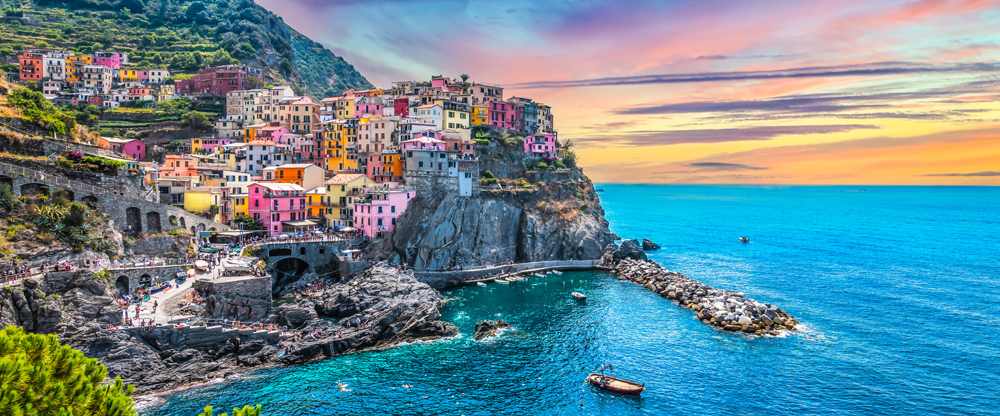
6. Hallstatt, Austria – The World’s Most Beautiful Lakeside Village
Nestled between the dark waters of Lake Hallstatt and towering Dachstein Alps, this Austrian village of just 800 residents has become synonymous with fairy-tale perfection. Traditional Alpine houses, their facades painted in soft pastels, reflect perfectly in the lake’s mirror-like surface, creating a doubled beauty that seems too perfect to be real.
Hallstatt’s history stretches back 4,000 years to when Celtic tribes first mined salt from these mountains—the “white gold” that built this community. Today, swans glide past ancient churches, baroque spires pierce morning mist, and every angle offers a postcard-perfect composition. The village square, barely large enough for a fountain and a few cafes, feels like the center of a miniature world where time moves more slowly.
What makes it special: Hallstatt’s beauty lies in its scale and harmony. Nothing here is overwhelming—instead, every element contributes to a sense of perfect proportion. The lake acts as nature’s mirror, doubling every sunrise and sunset, while the surrounding mountains provide a dramatic backdrop that changes with weather and season.
Best time to visit: May to September for warmest weather and boat access. October brings autumn colors, while winter creates a snow-covered wonderland (though some attractions close).
Getting there: Train to Hallstatt station, then a short ferry ride across the lake, or drive the scenic route from Salzburg (1.5 hours).
Don’t miss: The Hallstatt Skywalk for panoramic views, the ancient salt mine tour, and early morning photography before day-trip crowds arrive.
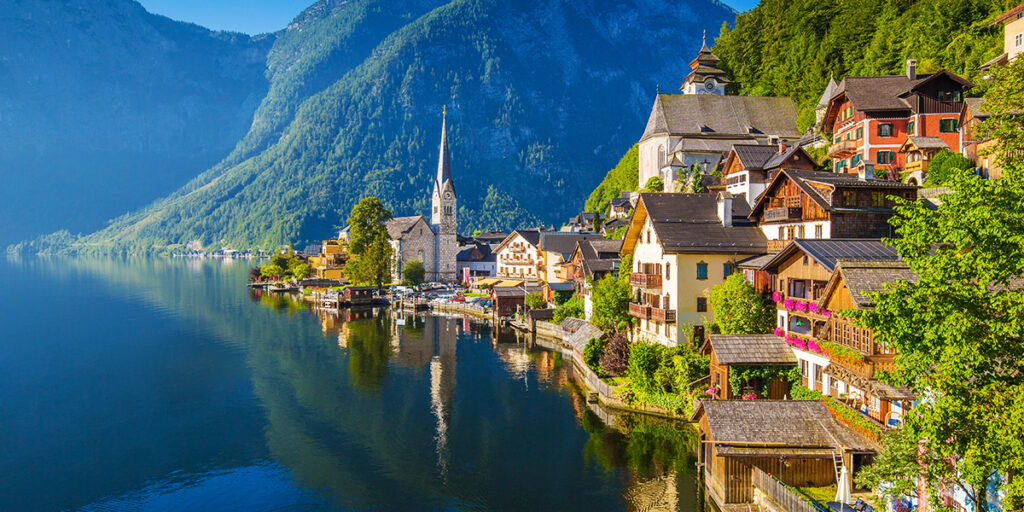
7. Lofoten Islands, Norway – Arctic Paradise
In Norway’s arctic circle, where the midnight sun refuses to set for months at a time, the Lofoten Islands rise from the North Atlantic like a chain of granite cathedrals. These islands challenge every preconception about arctic landscapes—instead of barren tundra, you’ll find dramatic peaks that drop directly into the sea, white sand beaches that rival any tropical paradise, and fishing villages painted in brilliant reds and yellows that stand out like beacons against the stark landscape.
The islands’ beauty is elemental and raw. Here, you can stand on a beach at midnight under a sun that never sets, or watch the aurora borealis dance across star-filled winter skies. Traditional rorbuer (fishermen’s cabins) perch on stilts over the water, while thousand-year-old fishing traditions continue unchanged in villages where everyone knows everyone.
What makes it special: The Lofoten Islands offer beauty that exists nowhere else on Earth. The combination of arctic light, dramatic topography, and thriving human communities creates landscapes that feel both ancient and timeless. The quality of light here—whether the golden glow of midnight sun or the ethereal dance of northern lights—transforms every scene into something magical.
Best time to visit: May to September for hiking, midnight sun (June-July), and warmest weather. October to March for northern lights, though weather can be harsh.
Getting there: Fly to Leknes or Svolvær airports, or drive from mainland Norway via the dramatic bridge connections.
Don’t miss: Hiking to Kvalvika Beach, staying in a traditional rorbu, and viewing northern lights from Uttakleiv Beach (winter only).
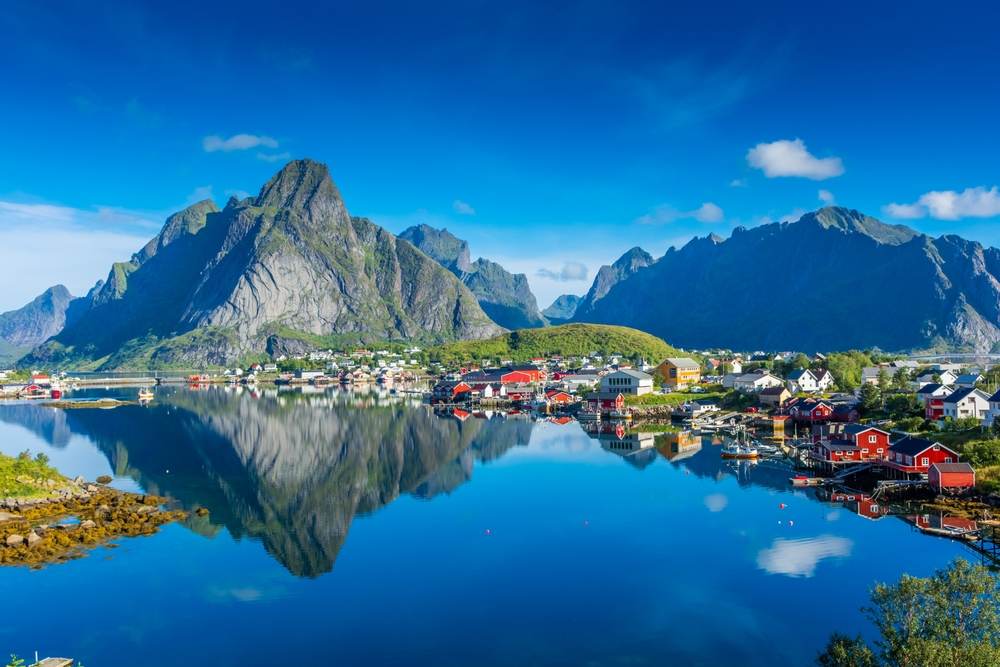
8. Cinque Terre, Italy – Five Villages, One Dream
Carved into the rugged coastline of the Italian Riviera, the Cinque Terre represents one of humanity’s most spectacular achievements in harmony with nature. These five ancient villages—Monterosso, Vernazza, Corniglia, Manarola, and Riomaggiore—cling to nearly vertical cliffsides like colorful barnacles, their houses painted in brilliant hues that have been refreshed by generations of residents who understood that beauty and practicality could coexist.
The landscape here tells a thousand-year story of human persistence and ingenuity. Ancient terraces, carved by hand from steep hillsides, still produce grapes for the local Sciacchetrà wine. Narrow paths connect the villages, offering hikers spectacular views of the Mediterranean stretching to infinity. In Vernazza’s tiny harbor, fishing boats bob beside trattorias where the day’s catch becomes evening’s celebration.
What makes it special: The Cinque Terre proves that the most beautiful places often result from humans working with, rather than against, natural constraints. The villages feel organic, as if they grew from the cliffs themselves. The interplay between human culture and natural beauty reaches its apex here, where every sunset dinner feels like a celebration of life itself.
Best time to visit: April to June and September to October for ideal hiking weather and fewer crowds. Summer brings energy but also heat and crowded trails.
Getting there: Train to La Spezia, then local trains connect all five villages. The train journey itself offers spectacular coastal views.
Don’t miss: The Sentiero Azzurro hiking trail connecting all villages, sunset aperitivo in Vernazza’s harbor, and the ancient Via dell’Amore coastal path.
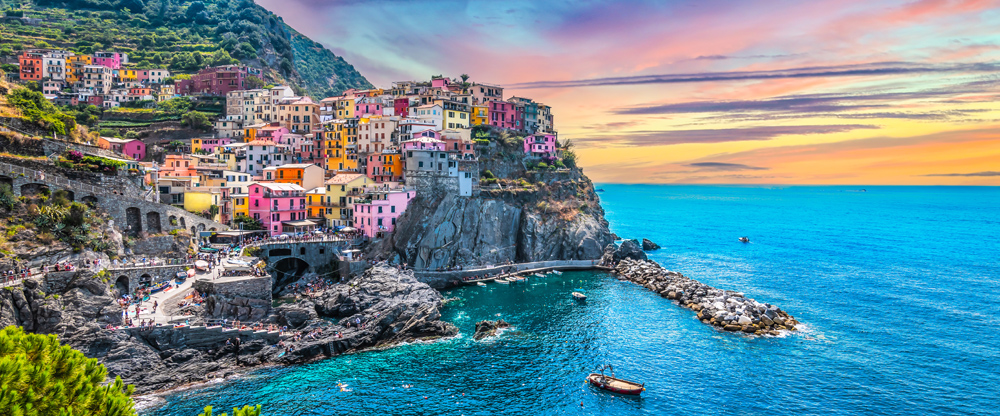
9. Edinburgh, Scotland – Where History Lives and Breathes
Edinburgh doesn’t just contain history—it embodies it. This UNESCO World Heritage city rises from volcanic hills like a medieval dream made real, its ancient castle commanding views across a landscape that has inspired writers from Sir Walter Scott to J.K. Rowling. The Royal Mile descends from castle to palace through centuries of accumulated stories, while the New Town’s Georgian elegance creates one of Europe’s most beautiful urban landscapes.
The city’s beauty lies in its dramatic topography and architectural harmony. Arthur’s Seat, an ancient volcano, provides natural drama in the city center, while Calton Hill offers panoramic views that encompass castle, old town, and the distant Firth of Forth. In summer, the Edinburgh Festival transforms the city into a celebration of human creativity, while winter brings a different beauty—mist-wrapped buildings and the warm glow of pub windows promising shelter from Scottish weather.
What makes it special: Edinburgh successfully balances preservation with vitality. This isn’t a museum city—it’s a living, breathing place where ancient stones echo with contemporary laughter. The quality of light here, filtered through often-cloudy skies, gives everything a softness that enhances rather than diminishes the city’s dramatic character.
Best time to visit: May to September for warmest weather and festival season (August). December brings Christmas markets and festive atmosphere.
Getting there: Fly directly to Edinburgh Airport or take scenic train routes from London or other UK cities.
Don’t miss: Edinburgh Castle at sunset, climbing Arthur’s Seat for panoramic views, and exploring the mysterious closes and wynds of the Old Town.
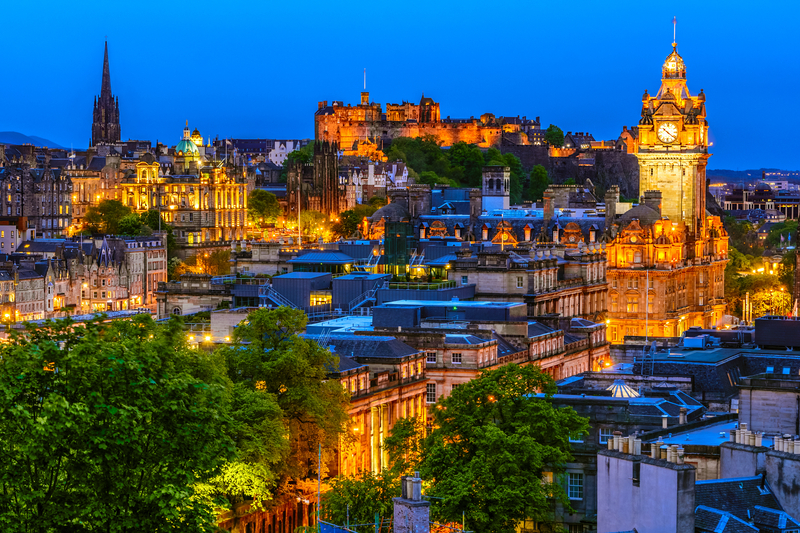
10. Plitvice Lakes, Croatia – Nature’s Staircase
In the heart of Croatia, sixteen terraced lakes cascade through ancient forests in a display of natural architecture that seems designed by master engineers. Plitvice Lakes National Park represents water’s ability to create art—each lake flows into the next through a series of waterfalls, creating a liquid staircase that descends through multiple shades of blue and green.
The lakes’ colors change throughout the day and season, influenced by minerals, organisms, and angle of light. What appears emerald green in morning light might transform to deep azure by afternoon. Wooden walkways allow visitors to traverse this water world without disturbing its delicate ecosystem, while forest paths reveal hidden viewpoints and secluded beaches where you might glimpse deer drinking at water’s edge.
What makes it special: Plitvice represents nature’s own sense of design and proportion. The park demonstrates how geological processes can create beauty that rivals any human architecture. The constant sound of flowing water, the play of light on liquid surfaces, and the integration of forest and water create a multisensory experience that’s both energizing and deeply peaceful.
Best time to visit: April to October for accessibility to all trails. May to September offer warmest weather, while April and October provide fewer crowds and dramatic lighting.
Getting there: Located between Zagreb and Zadar, accessible by bus or car. The park has two entrances with shuttle services connecting major attractions.
Don’t miss: The Great Waterfall (Veliki Slap), boat ride across Kozjak Lake, and early morning photography when mist creates ethereal effects.
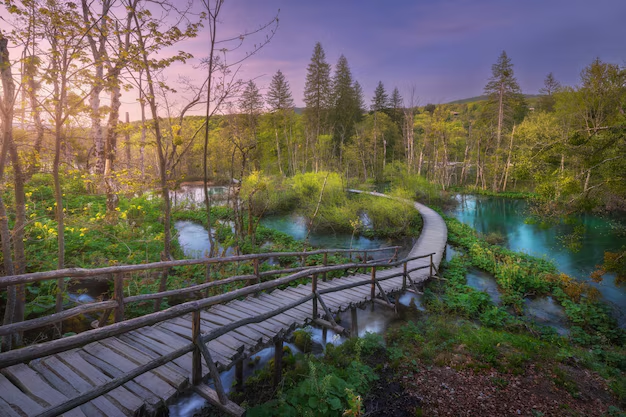
Your European Adventure Awaits
These ten destinations represent just a glimpse of Europe’s incredible beauty. Each offers its own magic, its own story, and its own invitation to slow down and truly see the world around us. Whether you’re drawn to dramatic coastlines, fairy-tale castles, or pristine wilderness, Europe provides backdrops for memories that will last a lifetime.
As you plan your European adventure, remember that the most beautiful moments often happen between the famous sights—in conversation with locals who share their stories, in quiet moments watching sunrise paint ancient stones, in the discovery that beauty exists not just in destinations but in the journey itself.
Pack your camera, bring comfortable walking shoes, and prepare your heart for the kind of beauty that changes how you see the world. Europe is waiting to show you just how magnificent our planet can be when nature and human creativity work together to create something truly extraordinary.
Safe travels, and may every sunset remind you why we wander.